🏭 RollPros Blackbird for Small 🆚 Large-Scale Facilities ➜ Who Benefits Most?

The automated pre-roll revolution has transformed how facilities approach production, but not every operation needs the same consumables strategy. Whether you're running a boutique craft operation producing 200 pre-rolls daily or managing a large-scale facility churning out 5,000+ units per shift, understanding which Automated Pre-Roll Joint Rolling Machine Consumables (RollPros™ Blackbird Compatible) make financial sense for your specific scale is crucial for profitability. Custom rolling paper bobbins, custom filter tips, and custom glass tips each offer unique advantages and challenges depending on your production volume, branding goals, and target market. This comprehensive guide breaks down exactly who benefits most from the RollPros Blackbird at different scales, helping you make informed decisions about consumables investment, production efficiency, and competitive positioning in an increasingly crowded market. 🎯
📋 Table of Contents
- Understanding Production Scale: Where Does Your Facility Fit?
- Small-Scale Facility Advantages with RollPros Blackbird
- Large-Scale Facility Benefits and Efficiency Gains
- Custom Rolling Paper Bobbins: Scale Considerations
- Custom Filter Tips: Investment Analysis by Facility Size
- Custom Glass Tips: Premium Product Differentiation
- Consumables Cost Breakdown: Small vs. Large Operations
- Quality Control Across Production Scales
- Inventory Management Strategies by Facility Size
- Competitive Positioning Through Smart Consumables Choices
- ROI Timeline: When Does Automation Pay Off?
- Frequently Asked Questions
🏢 Understanding Production Scale: Where Does Your Facility Fit?
Before diving into consumables strategies, let's clearly define what we mean by small-scale versus large-scale facilities. Production volume dramatically impacts everything from equipment utilization to consumables procurement strategies. Small-scale facilities typically produce between 100-1,000 pre-rolls daily, often focusing on craft quality, unique strains, and localized markets. These operations might run a single shift with 2-5 employees and prioritize flexibility over pure volume. 🌱
Mid-scale facilities fall into the 1,000-3,000 daily production range, often running two shifts and serving regional distribution networks. They're large enough to negotiate better consumables pricing but still maintain some craft appeal in their marketing. Large-scale facilities exceed 3,000 daily units, frequently operating 24/7 with multiple production lines, serving statewide or multi-state markets where consistency and cost efficiency are paramount. These operations view pre-rolls as a volume commodity where pennies per unit determine profitability. Understanding where your facility fits on this spectrum is the first step in optimizing your automated pre-roll joint rolling machine consumables strategy. 📊
🎨 Small-Scale Facility Advantages with RollPros Blackbird
Small-scale facilities gain distinct advantages from the RollPros Blackbird that larger operations often overlook. The machine's relatively compact footprint means craft producers can maintain automated consistency without dedicating massive floor space or requiring extensive facility modifications. A boutique operation producing 300-500 pre-rolls daily can achieve professional consistency that hand-rolling simply cannot match, elevating perceived quality while dramatically reducing labor costs. 💎
The real magic for small facilities lies in brand differentiation through customization. While large producers focus on volume efficiency, craft operations can leverage custom rolling paper bobbins featuring unique artwork, strain-specific branding, or limited-edition designs that create collectible appeal. Small batch producers can test multiple custom consumables configurations without massive inventory commitments, pivoting quickly based on customer feedback. This agility is impossible for large-scale operations locked into bulk purchasing agreements. 🎯
Labor economics also favor small-scale automation differently. If you're paying skilled hand-rollers $18-25 per hour to produce 60-80 pre-rolls hourly, a single RollPros Blackbird operator can achieve 200-300 units per hour at similar cost, tripling output while maintaining better consistency. The breakeven calculation for small facilities focuses less on pure volume savings and more on enabling growth without proportional labor increases. You're essentially buying the capacity to scale without immediately hiring additional staff. 🚀
🏭 Large-Scale Facility Benefits and Efficiency Gains
Large-scale facilities extract maximum value from the RollPros Blackbird through relentless operational efficiency and bulk consumables purchasing power. When producing 5,000+ units daily, every second of machine uptime matters, and every penny saved on consumables multiplies across massive volume. These operations achieve per-unit costs that small facilities simply cannot match, creating pricing flexibility that dominates retail shelf space. 💰
The economics of custom consumables shift dramatically at scale. While a small facility might pay $0.08-0.12 per custom filter tip, a large-scale operation ordering 500,000 units quarterly can negotiate prices down to $0.03-0.05 per unit. That $0.05 savings across 5,000 daily units equals $250 daily or over $90,000 annually—enough to fund an entire additional production line. Large facilities also maintain massive consumables inventories, eliminating rush order premiums and ensuring continuous production regardless of supply chain disruptions. 📦
Large-scale operations benefit from sophisticated quality control integration that small facilities cannot justify. Automated weight verification, computerized production tracking, and statistical process control become essential when producing tens of thousands of units daily. The RollPros Blackbird's consistent output enables large facilities to implement rigorous quality standards that would be impossible with hand-rolling crews. This consistency translates directly into reduced waste, fewer customer complaints, and stronger wholesale relationships with major retailers who demand reliable product specifications. ✅
📜 Custom Rolling Paper Bobbins: Scale Considerations
Custom rolling paper bobbins represent one of the most visible branding opportunities in automated pre-roll production, but the economics vary wildly between small and large facilities. For craft producers, custom rolling paper bobbins transform generic pre-rolls into branded experiences that command premium pricing. A beautifully designed custom bobbin with artistic elements can justify $2-5 higher retail pricing on small-batch products targeting connoisseur markets. The visual impact of unique branded papers creates Instagram-worthy moments that drive organic marketing. 📸
Small-scale facilities should approach custom rolling paper bobbins strategically. Rather than customizing every product, many successful craft producers maintain standard papers for everyday offerings while reserving custom papers for premium lines or special releases. This approach manages costs while creating perceived hierarchy in product offerings. Minimum order quantities for custom bobbins typically start at 50-100 units, making small-batch customization accessible. However, per-bobbin costs at this scale might run $15-25 each versus $8-12 for large orders, significantly impacting profitability on lower-volume products. 💵
Large-scale facilities approach custom rolling paper bobbins as essential branding infrastructure rather than premium add-ons. When producing millions of pre-rolls annually, custom papers become the primary brand touchpoint consumers experience. These operations order custom bobbins in quantities of 500-1,000+ units, driving per-bobbin costs down to $6-10 while maintaining consistent brand presence across all products. Large facilities often maintain multiple custom bobbin designs for different product tiers, using paper quality and design complexity to segment markets. The RollPros Blackbird's ability to quickly swap bobbins enables large operations to run diverse SKUs without significant downtime. 🔄
🎯 Custom Filter Tips: Investment Analysis by Facility Size
Custom filter tips offer subtler branding than custom papers but deliver functional benefits that consumers increasingly appreciate. The decision to invest in custom filter tips depends heavily on production scale and target market positioning. Small-scale craft producers can use custom filter tips to create signature products that regular consumers specifically seek out, building brand loyalty through distinctive functional design rather than just visual appeal. 🌟
For small facilities, custom filter tips make most sense for premium product lines where higher costs can be absorbed into retail pricing. Standard filter tips cost approximately $0.02-0.04 per unit, while basic custom tips start around $0.06-0.10 per unit at small quantities. That $0.04-0.08 premium per pre-roll might seem minor, but across 300 daily units it represents $12-24 daily or $4,380-8,760 annually—significant for small operations. Smart craft producers reserve custom filter tips for their highest-margin products or use them as differentiators in competitive markets where standard products struggle to stand out. 💡
Large-scale facilities view custom filter tips through a completely different lens. At volume, custom tips might only cost $0.03-0.06 per unit—barely more than standard tips when ordering hundreds of thousands. The minimal cost premium becomes negligible when the branding value enhances product recognition across thousands of retail locations. Large operations often develop proprietary tip designs that improve user experience while building brand equity, such as firmer structures that prevent canoeing or unique shapes that enhance airflow. These functional innovations become marketing advantages that justify shelf space in competitive retail environments. 🏆
💎 Custom Glass Tips: Premium Product Differentiation
Custom glass tips represent the pinnacle of pre-roll customization, offering reusable functionality combined with distinctive branding. The economics of glass tips differ fundamentally from paper consumables, as they're durable goods bundled with consumable products rather than disposable components. Small-scale craft producers can leverage custom glass tips to create ultra-premium product lines that compete on experience rather than price. 🥂
For boutique operations, custom glass tips enable positioning in the luxury segment where hand-rolled aesthetics meet automated consistency. A custom glass tip might cost $0.50-1.50 per unit depending on complexity, but when bundled with premium flower in collectible packaging, these products command $25-45 retail pricing versus $12-18 for standard pre-rolls. Small producers can order custom glass tips in quantities as low as 500-1,000 units, testing premium concepts without massive capital commitments. The key is targeting consumers who value the reusable aspect and appreciate the elevated experience custom glass provides. 🎁
Large-scale facilities approach custom glass tips as portfolio diversification rather than core strategy. While the majority of volume remains in disposable formats, premium glass-tipped lines serve important market segments and create halo effects that elevate overall brand perception. Large operations can negotiate custom glass tip pricing down to $0.30-0.80 per unit at volume, making premium line extensions financially viable. Some large facilities develop proprietary glass tip designs that become brand signatures, encouraging consumers to collect multiple variations and driving repeat purchases across product lines. 🔮
💰 Consumables Cost Breakdown: Small vs. Large Operations
Understanding exact consumables costs at different scales is crucial for accurate profitability projections and pricing strategies. Let's examine realistic cost structures for a pre-roll using automated pre-roll joint rolling machine consumables (RollPros™ Blackbird compatible) at small versus large scale. These numbers assume standard 1-gram pre-rolls with either standard or custom consumables. 📊
Small-scale facilities (300 units daily) face the following approximate consumables costs per pre-roll: Standard rolling paper from bobbin costs about $0.03-0.05, standard filter tips run $0.02-0.04, for a total consumables cost of $0.05-0.09 per unit using standard components. Switching to custom rolling paper bobbins increases paper costs to $0.08-0.12 per unit, custom filter tips add $0.06-0.10, and adding custom glass tips jumps costs to $0.50-1.50 per unit. A fully customized small-scale pre-roll might total $0.64-1.72 in consumables alone before flower, packaging, or labor. These costs necessitate premium retail pricing to maintain profitability. 💵
Large-scale facilities (5,000+ units daily) achieve dramatically different economics through bulk purchasing power. Standard rolling paper drops to $0.02-0.03 per unit, standard filter tips fall to $0.01-0.02, creating base consumables costs of just $0.03-0.05 per pre-roll. Custom rolling paper at volume might only cost $0.04-0.06 per unit, custom filter tips stay around $0.03-0.06, and even custom glass tips can be negotiated down to $0.30-0.80 per unit. A fully customized large-scale pre-roll might total $0.37-0.92 in consumables—less than half the per-unit cost small facilities face. This cost advantage allows large operations to compete aggressively on price while maintaining healthy margins. 📈
✅ Quality Control Across Production Scales
Quality control implementation differs significantly between small and large facilities using the RollPros Blackbird, with consumables playing a crucial role in outcome consistency. Small-scale operations often rely on operator experience and visual inspection, checking samples throughout production runs to ensure proper fill density, tip placement, and twist uniformity. The RollPros Blackbird's mechanical consistency means that once proper settings are established, small facilities can maintain excellent quality with periodic spot-checking rather than continuous monitoring. 🔍
The relationship between consumables quality and final product consistency cannot be overstated. Low-quality rolling paper bobbins cause frequent jams, tears, and uneven burning that undermines the automation investment. Small facilities must balance cost savings against reliability, as a single hour of downtime resolving paper issues can eliminate any savings from cheaper consumables. Investing in reliable consumables—whether standard or custom—pays immediate dividends in reduced troubleshooting time and consistent output quality. 🎯
Large-scale facilities implement systematic quality control that would overwhelm small operations. Automated weight verification on every unit, statistical sampling protocols, and computerized production tracking create quality systems that depend on consumables consistency. When producing 5,000 units daily, even a 2% defect rate means 100 rejected pre-rolls daily or 36,500 annually. Large operations specify tight tolerances for consumables suppliers, requiring consistent paper thickness, filter tip dimensions, and glass tip specifications that small facilities might not even measure. This quality control overhead is justified by the massive waste savings it generates at scale. 🏭
📦 Inventory Management Strategies by Facility Size
Consumables inventory management represents a hidden operational complexity that impacts cash flow and production continuity differently across facility scales. Small-scale operations typically maintain 2-4 weeks of consumables inventory, balancing working capital constraints against production security. A craft producer using 50 custom rolling paper bobbins monthly might keep 100-150 bobbins in inventory, representing $1,500-3,750 in tied-up capital. This relatively modest investment provides buffer against supply disruptions while remaining manageable for smaller budgets. 📊
Small facilities benefit from inventory flexibility that larger operations cannot match. If a particular custom design isn't resonating with consumers, a craft producer can adjust orders quickly without massive inventory write-offs. Many successful small operations maintain standard consumables inventory for daily production while placing smaller custom orders for limited releases, testing market response before committing to larger inventories. This "just-in-time-ish" approach works when production volumes don't create urgent consumption rates. 🔄
Large-scale facilities must maintain substantial consumables inventories to prevent production interruptions that cost thousands of dollars per hour. A facility producing 5,000 pre-rolls daily might consume 150+ rolling paper bobbins monthly, requiring inventory levels of 300-500 bobbins representing $3,000-6,000 in working capital just for paper. Add custom filter tips, backup consumables, and multiple product line SKUs, and large facilities might have $25,000-75,000 tied up in consumables inventory at any given time. However, this investment is essential insurance against the catastrophic costs of production stoppages. 🏦
🥊 Competitive Positioning Through Smart Consumables Choices
The consumables strategy you choose directly impacts competitive positioning in increasingly crowded markets. Small-scale craft producers compete primarily on differentiation rather than price, making custom consumables a strategic necessity rather than optional luxury. When dispensary shelves overflow with generic pre-rolls, distinctive custom rolling papers or unique glass tips create the visual differentiation that drives consumer selection. A small producer using custom consumables effectively signals quality and attention to detail that justifies premium pricing. 🌟
Smart small facilities leverage consumables customization to own specific niches that larger producers cannot economically pursue. Limited-edition custom papers for seasonal strains, collaboration designs with local artists, or ultra-premium glass tip collections create marketing moments and social media engagement that build brand communities. These strategies work because craft producers can move quickly and take creative risks that large corporate operations must avoid. The RollPros Blackbird enables these small players to deliver professional consistency while maintaining the artisanal appeal that resonates with conscious consumers. 🎨
Large-scale facilities use consumables strategies to create market segmentation and defend shelf space through comprehensive product portfolios. A major producer might offer three tiers: budget products with standard consumables competing on price, mid-tier products with basic custom branding, and premium lines featuring custom glass tips and specialty papers. This tiered approach prevents competitors from flanking on either price or quality while maximizing distribution opportunities across diverse retail channels. Large operations view consumables as portfolio management tools rather than just production inputs. 🎯
⏰ ROI Timeline: When Does Automation Pay Off?
Return on investment timelines for automated pre-roll production vary dramatically based on production scale, existing labor costs, and consumables strategies. Small-scale facilities transitioning from hand-rolling typically see ROI within 12-18 months when factoring in labor savings, increased output, and quality improvements. A craft producer paying two skilled rollers $20 per hour to produce 120-160 combined units hourly ($40 total labor) versus one RollPros operator producing 250-300 units hourly at similar wage realizes immediate productivity gains. 📅
The consumables choice impacts small-scale ROI significantly. Facilities using exclusively custom consumables might extend payback periods by 3-6 months as higher per-unit costs compress margins initially. However, the ability to charge premium pricing for custom products often accelerates ROI by improving overall profitability rather than just reducing costs. Smart small operators phase in customization strategically, starting with standard consumables to maximize initial cost savings, then introducing custom elements as production scales and brand recognition grows. 💡
Large-scale facilities enjoy faster ROI timelines, often recovering automation investments within 6-12 months due to massive volume leverage. When producing 5,000+ units daily, even modest per-unit savings generate enormous aggregate returns. A large facility reducing per-unit labor costs by just $0.30 through automation saves $1,500 daily or over $540,000 annually—often exceeding the entire equipment and setup investment. At this scale, consumables costs become secondary to operational efficiency and market penetration enabled by competitive pricing power. 🚀
❓ Frequently Asked Questions
What's the minimum order quantity for custom rolling paper bobbins?
Minimum order quantities vary by supplier, but typically range from 50-100 bobbins for custom orders. Small-scale operations can often purchase standard bobbins individually, while bulk custom orders offer significant cost savings for large-scale facilities. Planning ahead for seasonal production or limited editions helps small producers meet minimums without excessive inventory. 📦
Are custom glass tips worth the investment for small facilities?
Custom glass tips can differentiate your brand even at small scale. While initial costs are higher, they create a premium product experience that justifies higher pricing. Many small craft producers use custom glass tips as their signature feature to compete with larger operations. The key is targeting consumers who appreciate the reusable aspect and are willing to pay for elevated experiences. 💎
How long does custom consumable production take?
Production timelines vary by consumable type. Custom rolling paper bobbins typically take 3-6 weeks, custom filter tips need 2-4 weeks, and custom glass tips require 4-8 weeks depending on design complexity. Planning ahead is crucial for maintaining continuous production. Large facilities often maintain rolling purchase orders to ensure consistent supply, while small operations should order custom consumables well in advance of product launches. ⏰
Can I mix standard and custom consumables on the RollPros Blackbird?
Absolutely! Many facilities use standard consumables for regular production and reserve custom consumables for premium product lines. The RollPros Blackbird handles both seamlessly, allowing you to segment your offerings by price point and target market. This flexibility enables small facilities to compete across multiple market segments without maintaining separate production equipment. 🔄
What's the break-even point for investing in automated pre-roll production?
Most facilities see ROI within 6-12 months when producing 500+ pre-rolls daily. Small operations producing 200-500 units daily typically break even in 12-18 months, while large-scale facilities exceeding 2,000 units daily often recover costs within 3-6 months. The exact timeline depends on current labor costs, pricing power, and consumables strategies. Facilities that strategically phase in custom consumables as volume grows often achieve the best long-term profitability. 💰
Do custom consumables really impact customer purchasing decisions?
Yes, especially in competitive markets where multiple brands compete for shelf space. Custom rolling papers and unique tips create visual differentiation that drives impulse purchases and brand recognition. Consumers increasingly appreciate attention to detail that custom consumables represent, viewing them as indicators of overall product quality. Large facilities use consumables branding to build shelf presence, while small producers leverage customization to punch above their weight in brand awareness. 🎯
Should I start with custom consumables or phase them in gradually?
Most successful small facilities start with standard consumables to maximize initial cost savings and operational learning, then phase in custom elements as production stabilizes and brand identity strengthens. This approach allows you to perfect machine operation without the added pressure of custom consumables costs. Large-scale operations often launch with custom consumables across all products to establish immediate brand presence, as their volume justifies the investment from day one. 📈
🏭 Ready to Optimize Your Automated Pre-Roll Production?
Whether you're running a craft operation or large-scale facility, the right consumables strategy makes all the difference! 🎯 Upgrade to premium custom consumables that match your production scale and branding goals.
- ✔️ RollPros™ Blackbird compatible consumables
- ✔️ Custom rolling paper bobbins with your artwork
- ✔️ Premium filter tips & glass tip options
- ✔️ Competitive bulk pricing for all scales
📦 Small & large order quantities available | 🚚 Fast, reliable delivery | 🌱 Quality-tested consumables

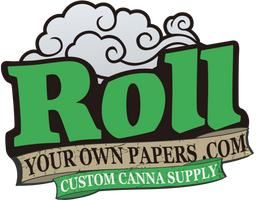
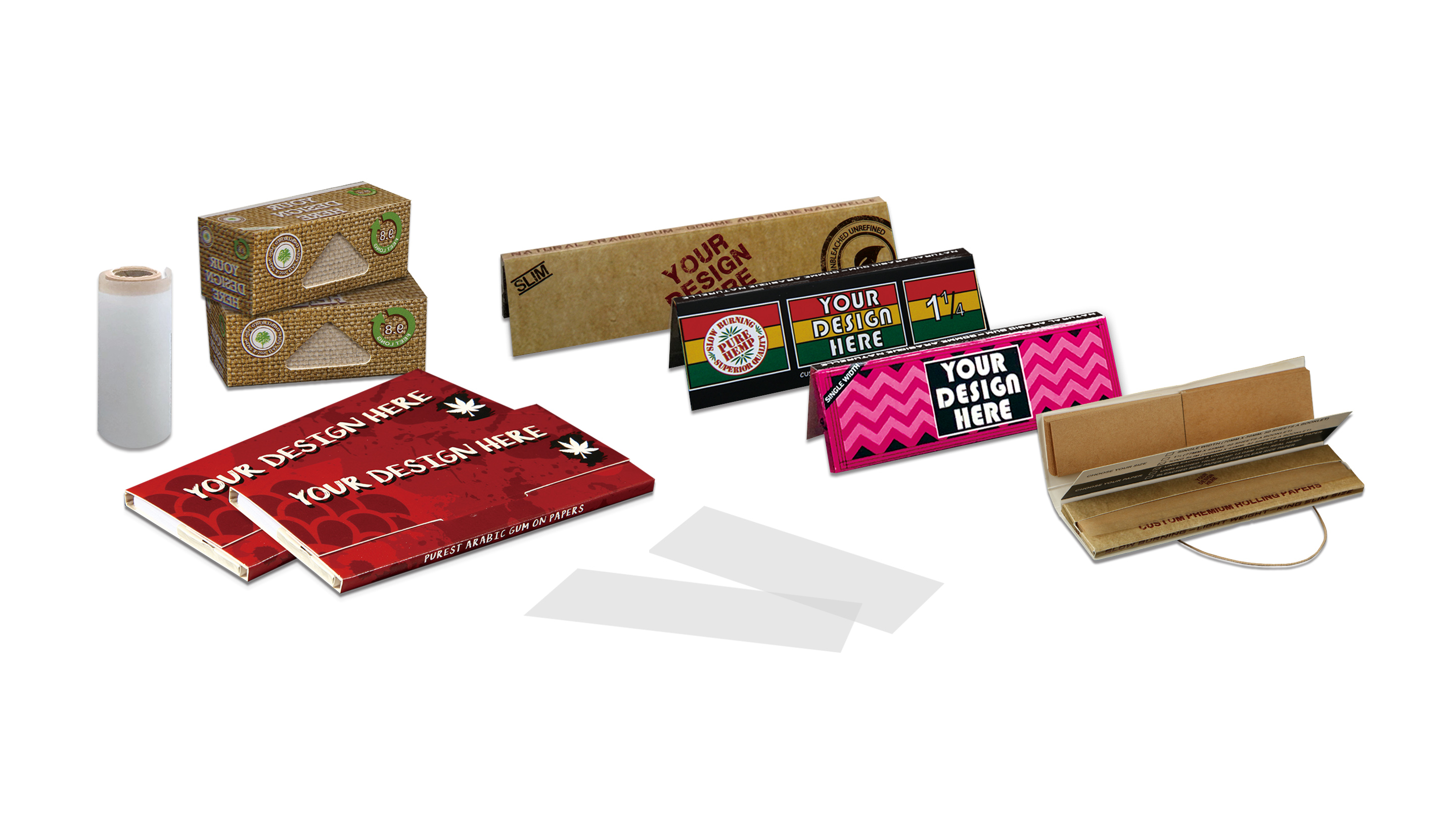

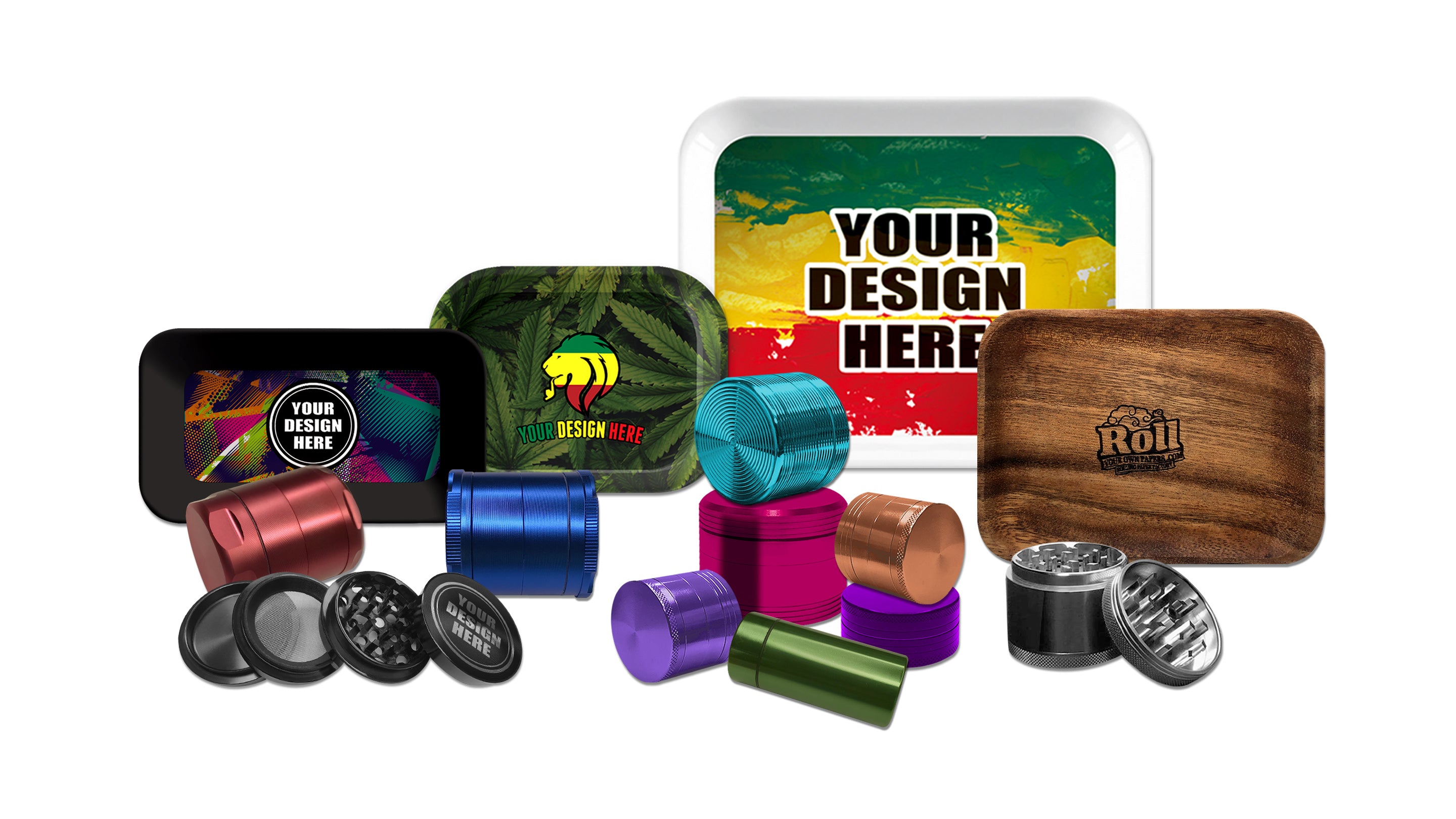
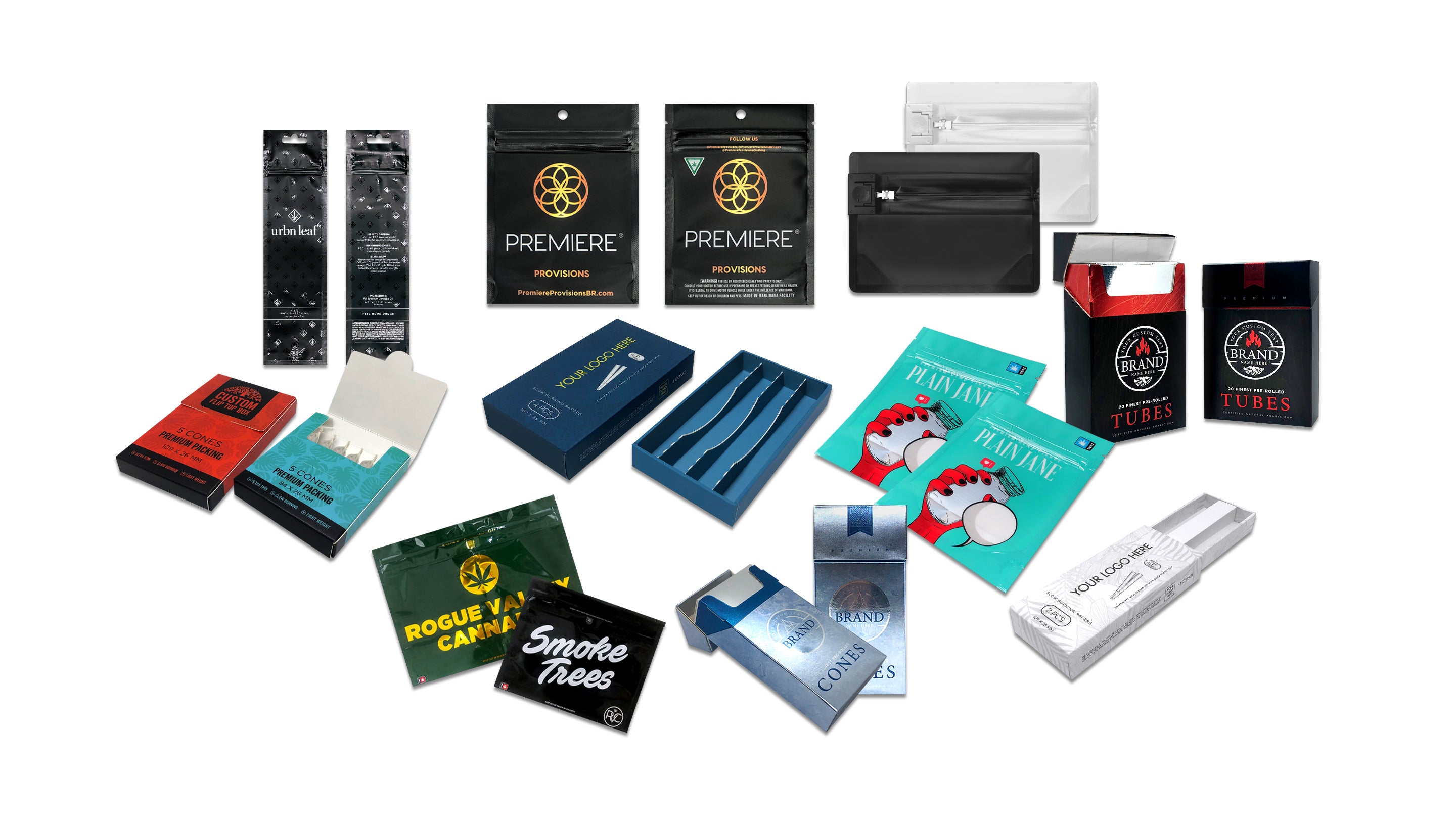
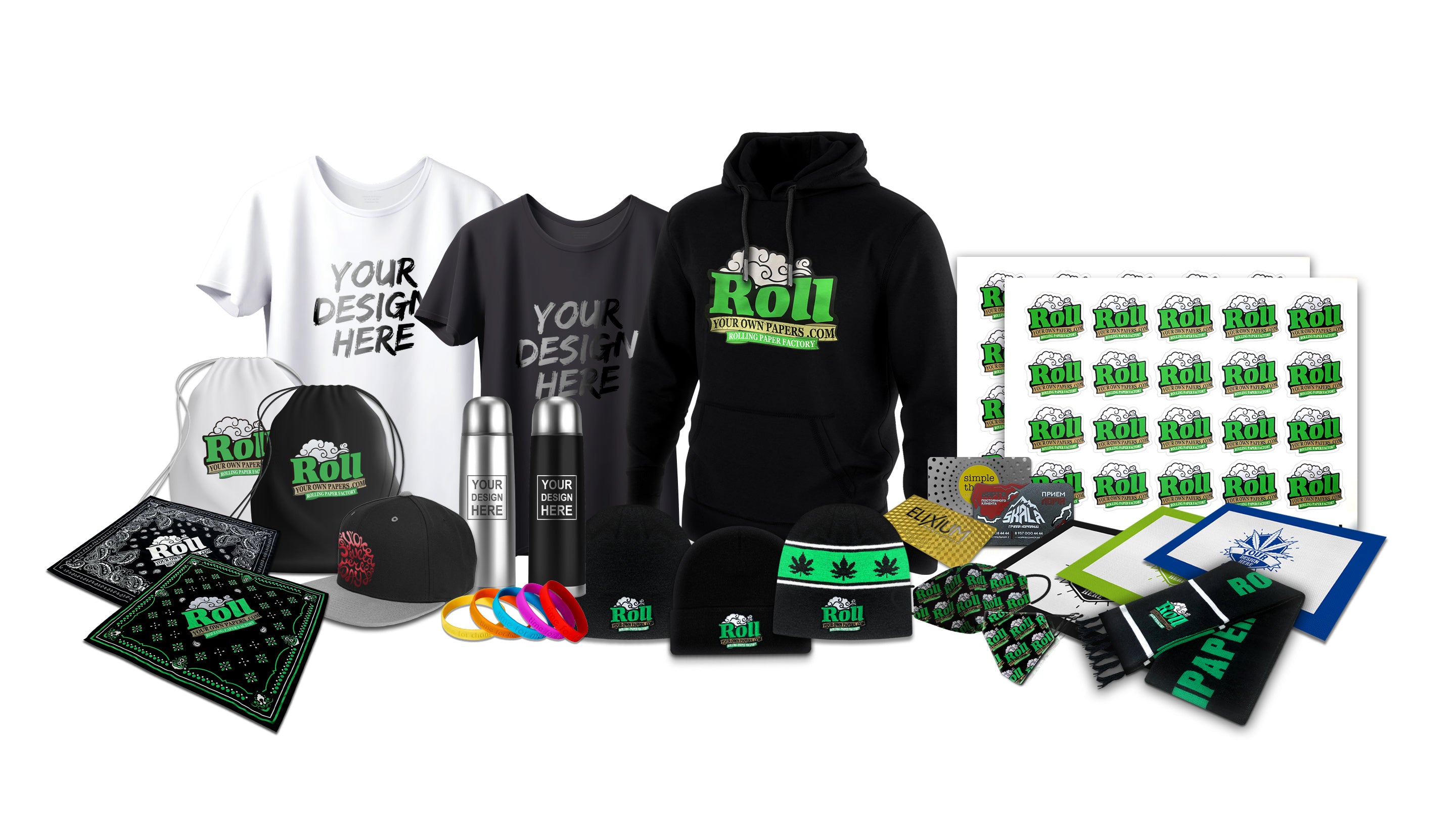
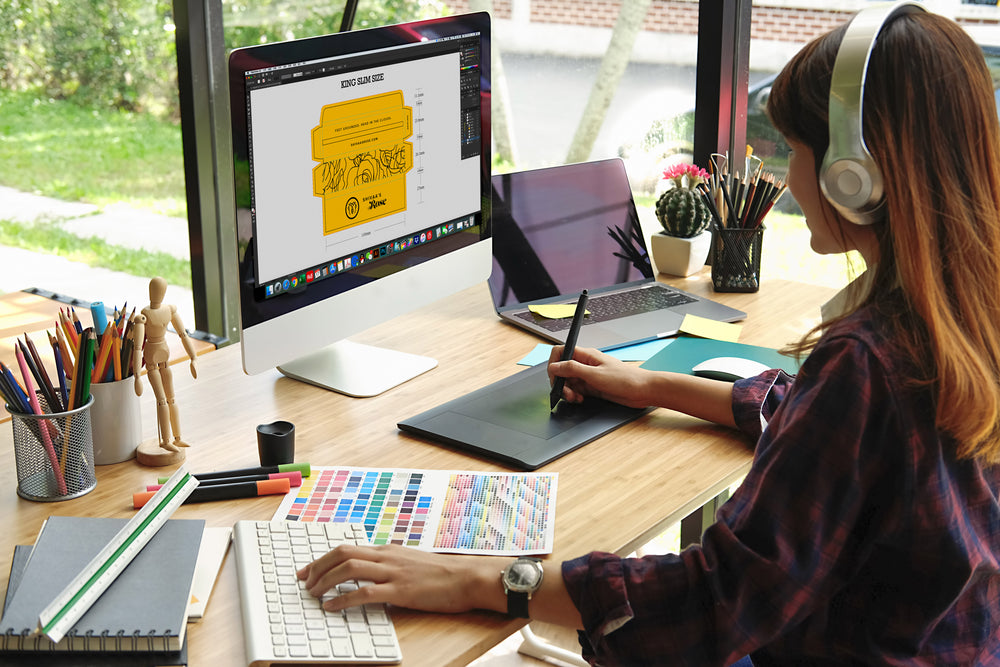



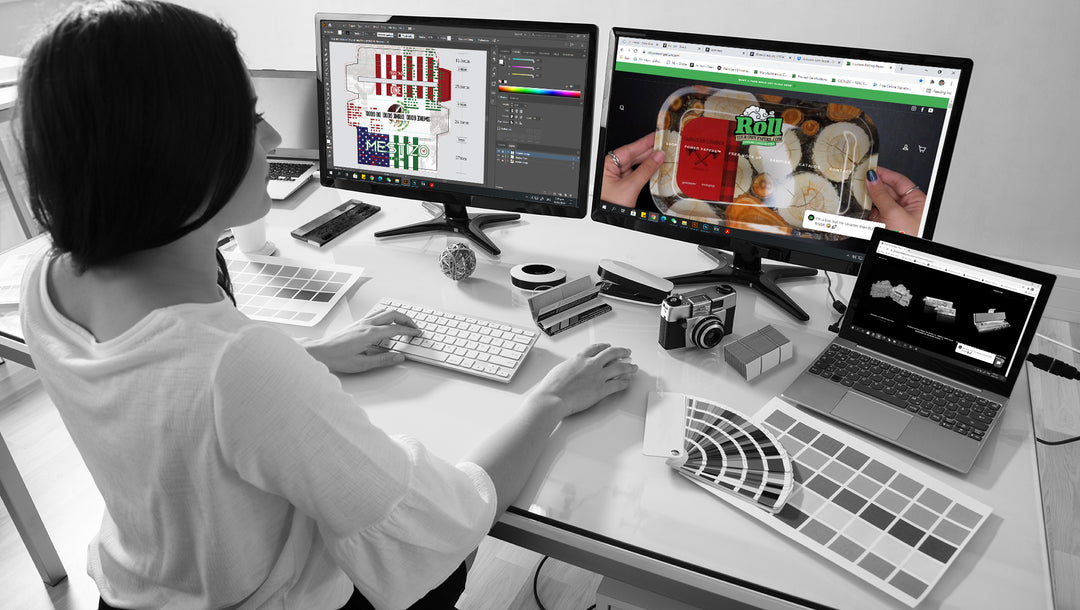
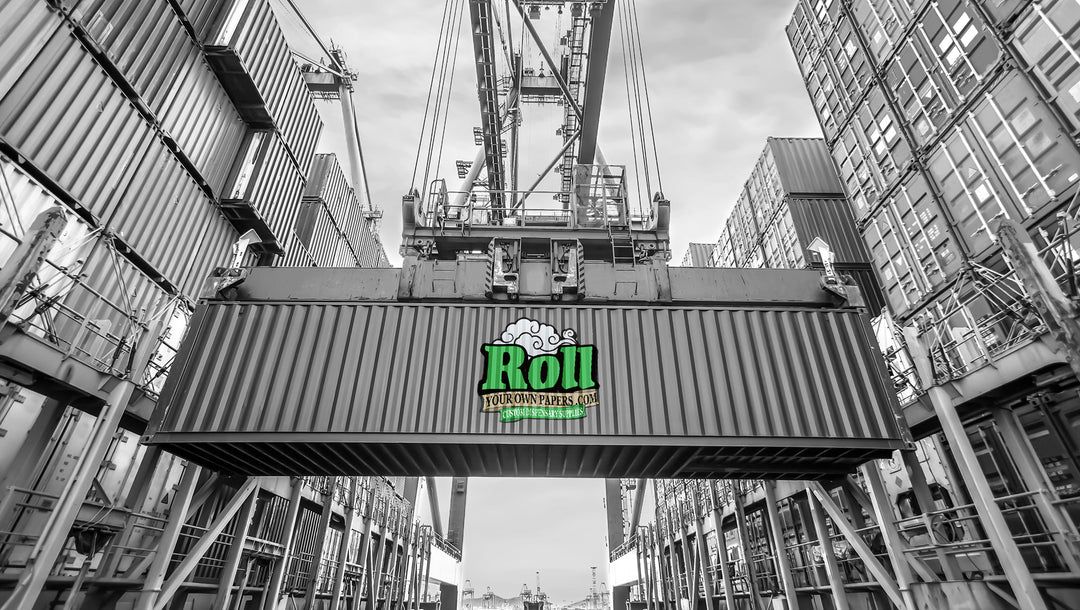
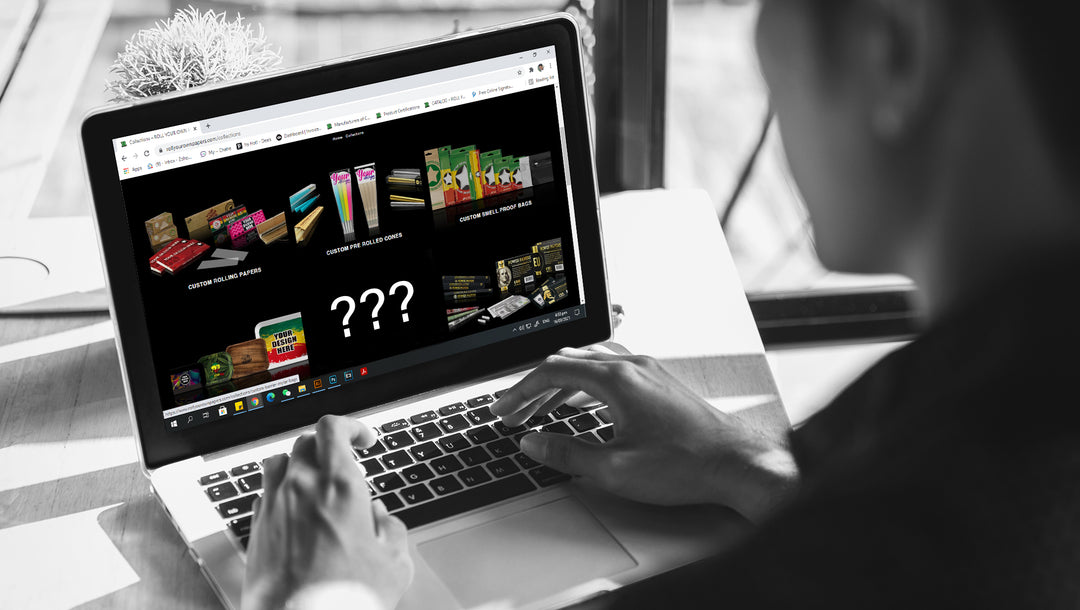
Leave a comment